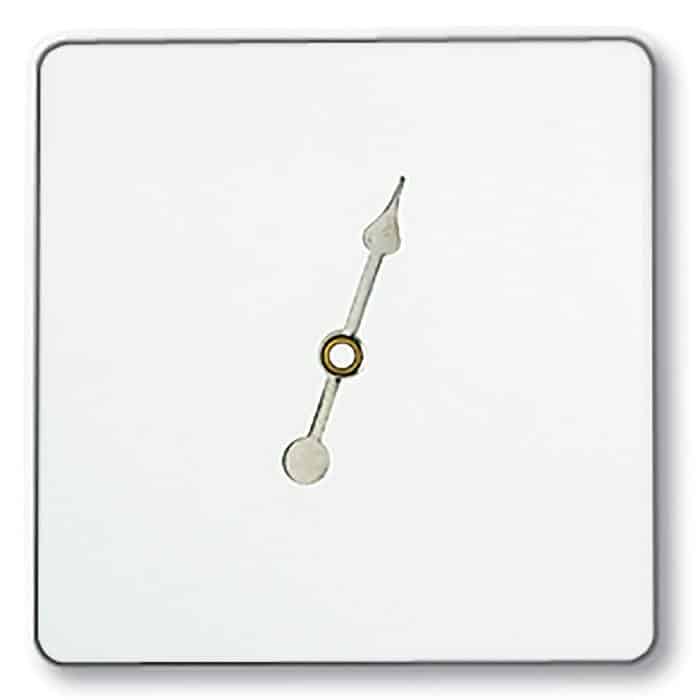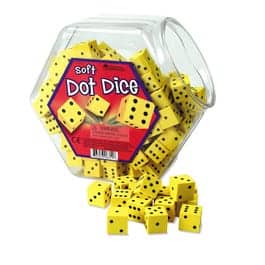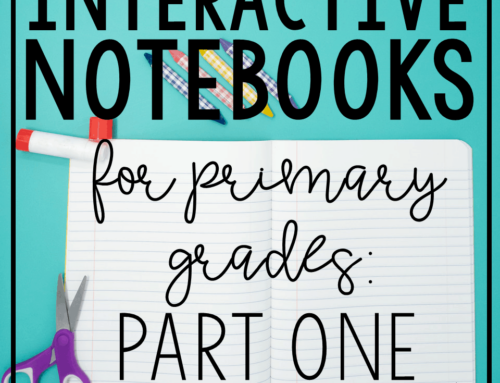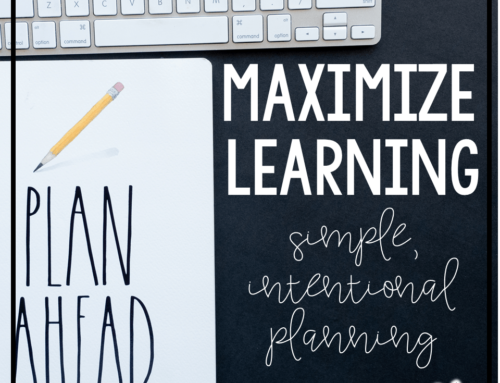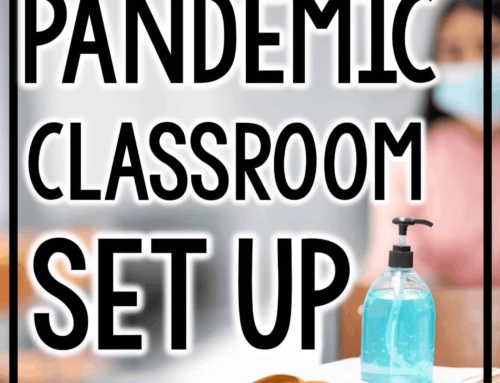I have seen several articles in the news about school going back for face-to-face instruction for the first time in a year. I know that this will cause some growing pains for teachers. I was in those very same shoes this past October, when we returned face to face while simultaneously teaching virtual students. It was …a lot.
However, I have learned and grown as a teacher. My co-teacher and I worried about how to keep learning engaging when students were supposed to be seated and not work in groups. How could we play math games or run centers? How could we use math manipulatives? How can we make the most of guided practice during whole group instruction? Here is how we solved those problems:
Math Boxes
Each student in our class is given a pencil box. Each pencil box has
- set or red and blue snap cubes (10 each- broken into trains of 5)
- 20 red and yellow counters
- one die
- a transparent spinner
- a dry erase marker
- a set of base ten blocks.
We were able to easily find all of these materials on Amazon, if we didn’t already have them in the classroom. Here are a few things we ordered:
These materials are all bagged separately to keep them organized. We label the boxes with the student’s name and they keep all of their math manipulatives and materials. When it is time to work, we just need to pull out the math boxes! It makes everything SO much easier! This way all students have access to math manipulatives and we do not have to worry about cross contamination.
Math Mats
We also worried a good bit about not being able to pull mixed groups and making sure students got enough guided practice. We remedied this by using “Math Mats.” These are just work mats/ graphic organizers for math that we slip into page protectors. Students then can use math manipulatives OR the dry erase marker from their math boxes to practice the math strategies being taught during the guided practice.
We can model problems under the ladybug/ document camera and students can solve with the dry erase markers or manipulatives. These are easy to spray down or wipe daily OR students can simply keep their own copies week to week and reuse the page protector. The only the that needs to change is the paper inside!
Here are three examples of math mats we have used this year. Click on the pictures to download them for free!
We really wanted students to be able to complete some kind of math center or game after completing their independent tasks. We were stumped on the best way to do this while restricting student movement and sharing of supplies.
I don’t know why it took so long to figure this out, but we decided to go with printable, independent center activities. For the most part, these are activities that students can complete with the materials from their math boxes and just need a “worksheet.” We taped large envelopes to the front board and put any consumable for the center in the envelope. Students come to the board, choose the activity of their choice (we find that choice encourage motivation and engagement), and take it to their seat. Most activities require a dice (which is in their math box) or a spinner (a transparent one is in their math boxes!).
I have a series of four different “Print and Go Centers” that are PERFECT for this! This method is safe and engaging for students AND simple for teachers to maintain! It is a win-win! Each pack includes open ended math activities taht use a die, spinner, or a deck of cards. Often, there are is a variety of ways to practice the SAME concept! Students can play the same sheet over and over- but because of the randomness of the die and spinner, the problems are different each time!
Mandy Gregory is a 2007 and 2012 Teacher of the Year. She has taught Kindergarten- 4th grades in both the general education and inclusion settings. She is currently a 1st grade Special Education teacher. She is the owner and creator of Mandy’s Tips for Teachers website (www.mandystipsforteachers.com) and has over 13 years of teaching experience. She is married with two beautiful children.


